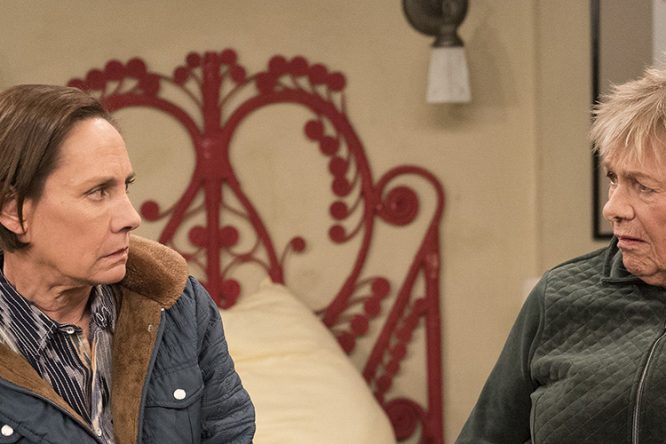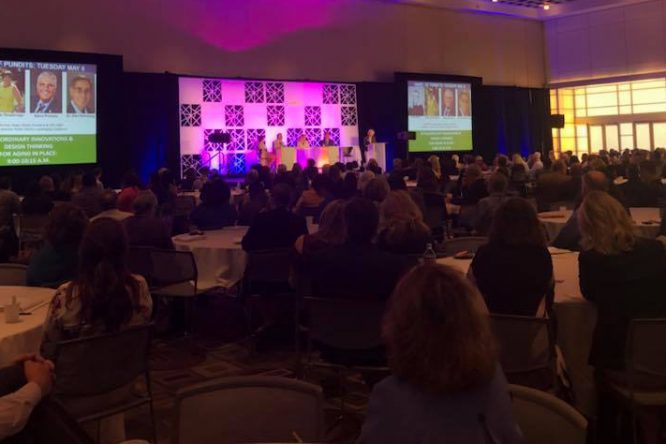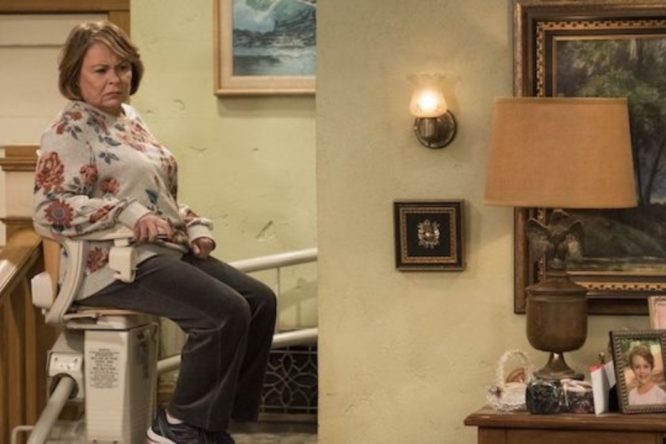During 2018, we have undertaken an ongoing blog series in which we take a look at the opportunities and challenges faced by the diverse groups of Boomers and seniors being served by today’s aging services providers.
For our first article in the series, we examined a rapidly growing population in the United States — Latino Boomers and seniors.
In this, our second article, we are looking at the challenges faced by LGBT Boomers and seniors as they age in a changing society.
It was early — almost too early, some would say — but I was interested in the topic, so I got up early for the 7:30 a.m. session at the LeadingAge California Annual Conference and Exhibition.
The speaker was from SAGE, an advocacy group for LGBT Boomers and seniors. His presentation was discussing how communities are adapting their policies and culture to become more welcoming to LGBT individuals. The audience was fuller than I expected, with approximately 20 people. They were clutching their coffees and wiping the sleep from their eyes. Such is the bane of the early morning presenter.
After the typical opening remarks, the presenter said something that caught everyone’s attention. “I guarantee you that there are LGBT individuals residing in your communities right now.” You could almost hear the wheels start to turn.
“Do you have two women that live together, who are lifelong friends?” he said. “Did you have two men move into the community at the same time who chose to live in separate apartments? How about Mrs. Jones down at the end of the hall, who was never married?” Then, like a sunrise, it dawned on the participants, including myself: LGBT individuals are at all of our communities. They just choose not to be out because of personal, societal or cultural reasons.
Admit it. As you read this, you probably thought of someone at your community who fits this description. That’s because the presenter was right — these individuals reside at all of our communities. We need to recognize it and, frankly, we need to do a better job of meeting their needs as they age.
According to SAGE, there are currently three million LGBT adults over the age of 50 in the United States. By 2030, that number is expected to grow to seven million. These individuals are twice as likely to be single or living alone, and four times less likely to have children. This is significant because, as we age, our families are often the first people we turn to for care. But, in many cases, LGBT seniors may not have that kind of support. This can lead to social isolation, with more than 60 percent of LGBT adults reporting feeling a lack of companionship, with more than 50 percent feeling isolated from others.
Obviously, there is a huge market for culturally competent aging services providers to provide care to these individuals. The key here is that the provider is truly culturally competent. Thirty-four percent of LGBT older adults fear having to re-closet themselves when seeking senior housing in order to be accepted or to fit into a community. This fear isn’t just in regards to the staff and administration; it also relates to the other residents who form the day-to-day life at the community.
What can you do, today, to become more culturally aware and competent in assisting LGTB Boomers and seniors?
We encourage you to look around your community and ask yourself if it is welcoming to LGBT individuals. Be realistic. Would you residents be accepting of an openly LGBT person? Would your team know how to address him or her respectfully? Could you accommodate his or her needs?
There’s a huge market being created right now for communities that can appropriately care for LGBT individuals. This could be your organization’s chance to get in on the ground floor of this movement. Not only will you be doing the right thing, but it could easily give you a leg up on your competition.
We encourage you to check out SAGE and engage its training program for your team — starting with your executives and working downward to your frontline associates. Becoming SAGE-certified is a great way to show that you’re taking the LGBT Boomer and senior community seriously and that you want to meet its needs.
Diversity has never been more important in senior living than it is right now. The fabric of American culture is changing. What people want from an aging services provider is changing. Providers can either adapt and welcome diversity or shun it and wither on the vine.
What path will your organization choose?
Source:
https://www.sageusa.org/resource-posts/the-facts-on-lgbt-aging/



